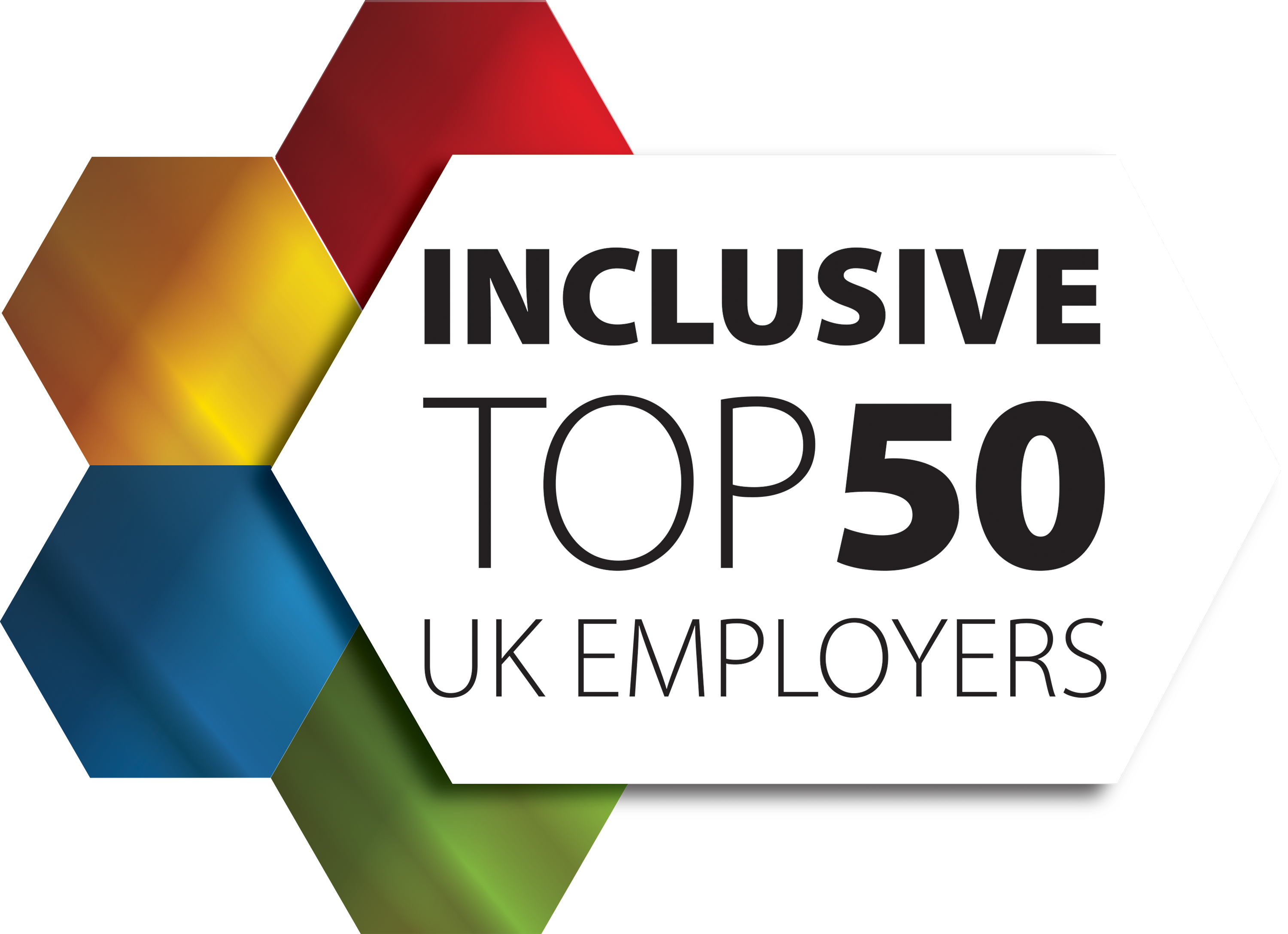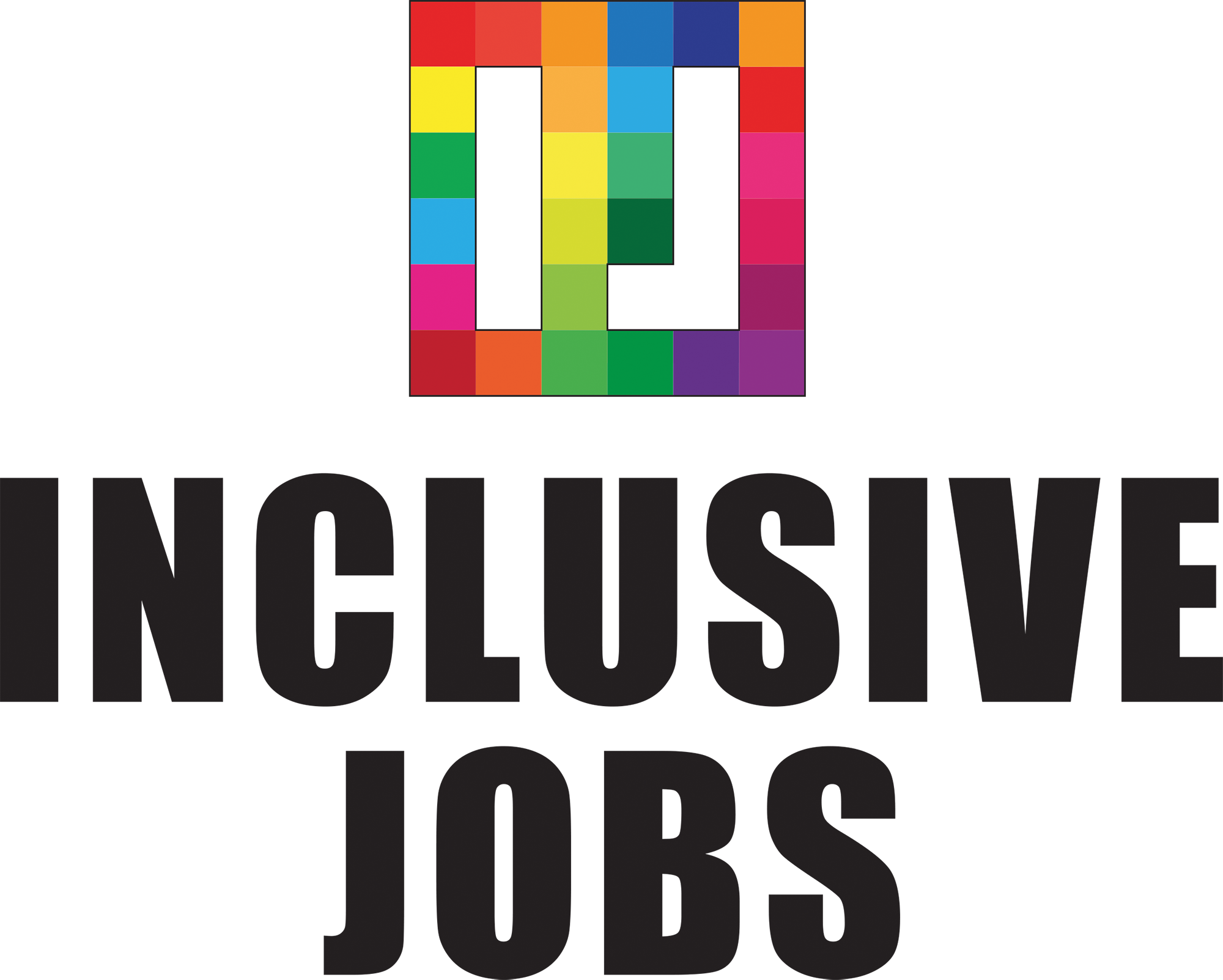Despite equality being one of the cornerstones of civilised society, a lack of gender parity and diversity within the financial services industry continues to be a problem, with many banks maintaining disparate corporate policies and different ways of ensuring work environments operate efficiently for all genders employed in the sector.
UNICEF data reveals that two-thirds of the world’s children – 90 million in total – reside in regions in which parental leave policies are nonexistent and countries such as the USA, Japan and Italy also do not have established national paid parental leave laws. Maternal employment rates and childcare expenses also need to be considered when enforcing cultural shifts within organisations.
As the International Women’s Day slogan #EachforEqual suggests, an equal world is an enabled world and those in the financial services industry must forge a gender equal world, celebrate women’s achievements, raise awareness against bias and promote innovation through diversity.
A diverse team creates better products and services for consumers, simply because the design team is made up of people who reflect the customer base that they are attempting to sell to. However, while there are so few role models that a newcomer to the financial services industry can look up to, the strong or ‘alpha woman’ is not a personality that some can easily recognise.
While AI is shining a light on diversity, issues around bias and ensuing discrimination are in the spotlight too as the technology is being used in recruitment and is having a detrimental impact, questioning whether AI is ready to make hiring decisions on its own.
AI has helped in circumstances where there is a high-volume recruitment challenge and machine learning has supported the process of sifting through vast quantities of applications, with chatbots being implemented to answer candidate questions and screen applications at the first stages – claiming it is free of human prejudice and subconscious hiring bias.
However, technology can be as biased as humans if it replicates past hiring decisions and in the past, AI recruitment tools have realised that it discriminated against women because it attempted to find employees like its current workforce, namely, men.
Kristal Au-Yong, SVP innovation & insights analytics, digital banking at Scotiabank, highlights in conversation with Finextra Research that while AI is a tool for change, it can come with a cost if not managed properly – particularly when there’s bias in decisions leading to unintended discrimination.
“When it comes to recruiting, we think there still needs to be a ‘human in the loop’ to ensure we’re leveraging our tools properly and carefully. Data and analytics are being leveraged to select employees, however, we take every precaution to safeguard data, processes and controls to ensure that our core values are embedded in the decisions we make,” Au-Yong says.
But how can AI help with the gender pay gap and identify pay discrepancies based on gender, ethnicity and disability? Is there an opportunity for data driven decisions here? Au-Yong believes that data and AI can help with decision-making as it helps uncover new insights into potential unconscious biases.
“Scotiabank has a team of dedicated data scientists paired with HR to actively solve challenges such as the gender pay gap. We’re leveraging data and analytics to help us make decisions that increase gender parity and diversity amongst our employee base, their salaries and career opportunities,” she says.
While AI stands the chance of democratising access to capital for women, the irony is that only 22% of the AI workforce is made up of women. The financial services industry can address these imbalances by driving a greater focus on inclusion, empowerment and equality. Potentially, with more women working in the technology industry, writing algorithms and feeding into product development change, they can imagine and develop technology too.
Au-Yong adds that “to be really good at developing great banking products and services, we need to design solutions using data and analytics that mimic the likes, preferences, and personas of our customers. This means having a diverse team building the algorithms that reflect the diversity of our customer base.”
Continuing this point, she says: “Gender diversity continues to be a big challenge in financial services, however, and requires a multi-faceted approach to solve. The industry has a role to play in addressing imbalances by increasing their focus and actions— internally and externally— around inclusion, empowerment and equality.”
Research has revealed that there are an equal number of men and women who want promotions at their place of work, but unconscious bias has prevented an equal number of promotions being handed out. Bias is what needs to be changed first. Au-Yong provides a similar view and highlights that: “Increased gender parity and diversity leads to greater diversity of thought and ultimately better solution for our customers.”
She references IIS Market Intelligence 2019 data and positively adds that the “workforce has never been more diverse than it is today, which provides an opportunity – as an employer and as a business – to include groups that have been underrepresented in the past. With gender parity, we could see women go from controlling ~37% of wealth today to ~54% eight years from now.”
Finastra’s Mehjabeen Poonawala also discusses how diversity results in innovation and by “having a diverse workforce and a workplace that upholds gender parity, fintechs can create stakeholder value and deliver stronger, sustainable business growth.” She also says that customer experience will be the core differentiator between banks and banking services in the future regarding better understanding how to innovate successfully.
Poonawala adds that “gender diversity and its impact on innovation directly affects the bottom line” and “companies with the greatest gender diversity can generate 34% of their revenues from innovative products and services; with more diverse leadership teams, companies earn more from innovation, with higher EBIT margins.”
Kanha Chhay, head of product marketing at Cambodian bank Wing and Money20/20 Asia Rise Up 2019 cohort member, has a similar attitude and provides her perspective from a different region. “I really want to see more women involved in tech – this will really push the growth of the country’s economics. Women are somehow under pressure of social norms and cultural perceptions; we do need more women in tech and leadership positions – it’s currently not so many in Cambodia.”
The proof is in the research and companies with more balanced gender ratios outperform their peer segments. On this, Tracey Davies, president of Money20/20, states that “for a financial services industry in the midst of a generational shift in technology, business models and consumer expectations, the benefit of more diverse leadership perspectives – gender and otherwise – can only improve the outcome for customers, regulators and stakeholders.”
But what stands to be lost if nothing changes? As competitive industries are encroaching on the space that financial services players dominate, a lack of gender equality would result in bad publicity and perhaps, be detrimental to customer retention rates. The fact of the matter is happy employees make happy customers and there are no genuine reasons why the industry should not change.
Au-Yong explains: “An organisation that allows bias to affect employee, leader or customer selection will not perform as well as competitors that look at the landscape equally. What started as an equality argument is now a smart business decision. Simply put, to stay competitive, our employee base needs to reflect our customer base.”
Poonawala takes this further and while she agrees that companies will lose out if they do not positively leverage the perspectives of people from different genders, ethnicities and socio-economic backgrounds, “diversity is more than good business policy – it’s a competitive advantage.” She says that if nothing changes in this industry, women may be attracted to alternative, more progressive and inclusive workplaces that are making concerted efforts to improve, which would make the problem worse.
As a result, there will be a decrease in females in leadership positions as well as increased employee turnover as women are forced to vacate senior roles due to a lack of opportunity or inflexible working hours. Moreover, allegations of gender discrimination damage a company’s corporate reputation, its value and its ability to recruit.
This, in turn, highlights that diversity is a commodity and not recruiting the right people at the right time is detrimental to business. Davies says: “Customers increasingly care how businesses treat their staff, but even more so, talented individuals, more often than not, wish to work at an employer that shares their values. To ignore this is to reduce your firm’s attractiveness at a time when financial and technology talent is in high demand.”
But how can this be achieved? Some believe that mentorship and advocacy can help in this case as it can bridge the gap between the seeming disconnect between education and industry, especially where the ratio of those at senior and board level doesn’t tally with academic performance. Alongside this, in the same way that banks can learn from new players, women working in the banking sector can be championed in the same way that they are in the fintech sector.
Au-Yong believes that “the best mentors and advocates take ownership and action by influencing culture across their footprint” and roles models must look “outside their spaces for new examples of how to champion and coach.
Source: https://www.finextra.com/the-long-read/24/women-in-finance-how-ai-is-shining-a-light-on-diversity









